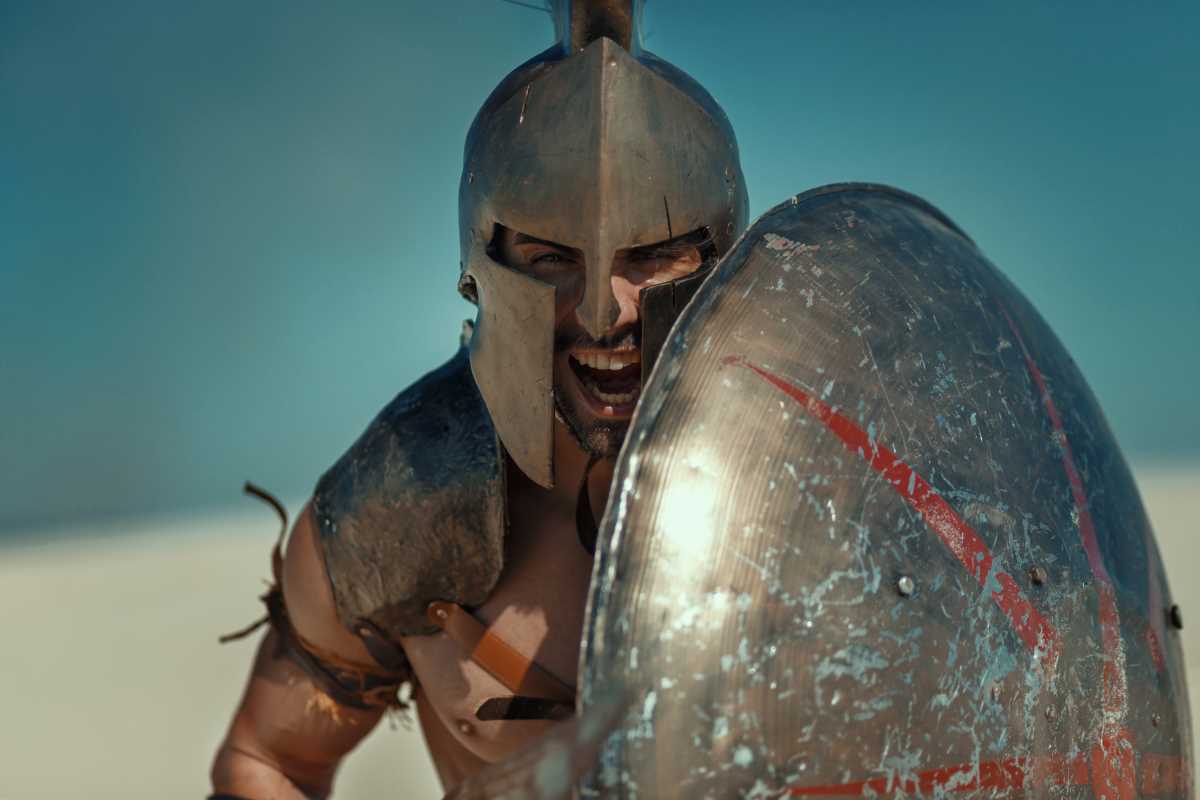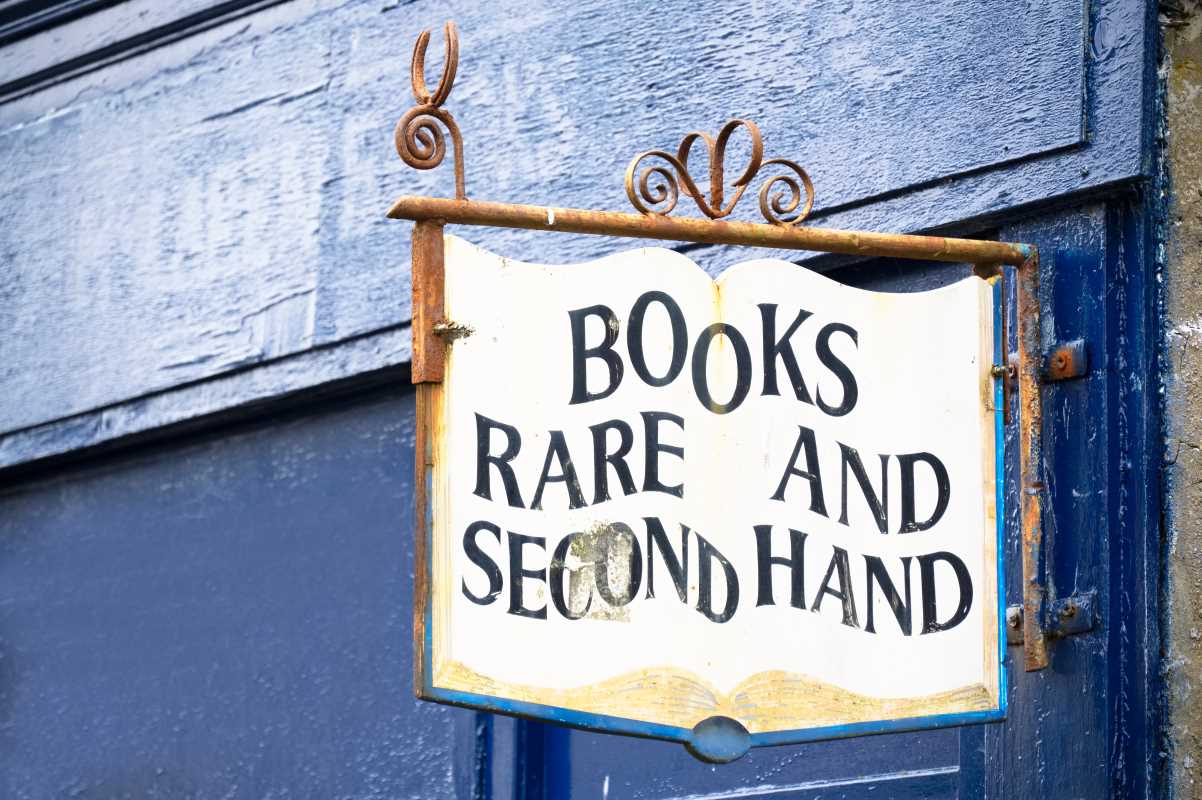Movies have the power to transport us to different eras, immersing us in stories of heroism, tragedy, and triumph from long ago. Among the most ambitious of these are historical epics. These films don’t just recount past events; they recreate them on an enormous scale. With lavish costumes, massive sets, and sprawling storylines, historical epics bring the past to life in a way that feels intimate and grandiose at the same time.
But historical epics aren’t just big-budget spectacles. They’ve also had a lasting impact on modern filmmaking. Directors and writers use them as blueprints for how to tell larger-than-life stories. The way we think about pacing, character development, and even special effects owes a lot to these groundbreaking films. Whether they’re portraying battles that changed the course of history or exploring the personal struggles of legendary figures, historical epics captivate audiences by blending drama with historical detail.
Here’s a look at some of the greatest historical epics that have shaped the way we think about movies today.
"Ben-Hur" (1959)
When it comes to setting the standard for historical epics, "Ben-Hur" is a towering achievement. This classic film follows Judah Ben-Hur, a Jewish prince who is betrayed and enslaved by his Roman friend. His quest for revenge leads to one of the most iconic sequences in cinema history.
The Chariot Race That Changed Everything
"Ben-Hur" is best known for its thrilling chariot race, a heart-pounding, meticulously staged sequence that’s still jaw-dropping today. With no digital effects at the time, filmmakers built a massive arena set and relied on live-action stunts. It raised the bar for what audiences could expect in terms of action and realism. The film also won 11 Oscars, a record it shares with just a few others, cementing its legacy as a masterpiece.
"Lawrence of Arabia" (1962)
Another masterpiece that redefined epic storytelling is "Lawrence of Arabia", directed by David Lean. The film details the life of T.E. Lawrence, a British officer who helped organize Arab tribes against the Ottoman Empire during World War I.
Visual Grandeur in Every Frame
This isn’t just a movie; it’s an experience. Filmed in vast desert landscapes, "Lawrence of Arabia" pushes visual storytelling to its limits. The massive sand dunes and endless horizons are almost characters themselves. It’s also a study in complex character development, exploring Lawrence’s inner struggles with identity and loyalty. Today, the film is revered as a triumph of cinematography and epic filmmaking.
"Gladiator" (2000)
Ridley Scott’s "Gladiator" brought the historical epic back to modern audiences with a thrilling tale of revenge and redemption. Russell Crowe stars as Maximus, a Roman general who is betrayed and sold into slavery, only to rise as a gladiator and challenge the emperor himself.
A Modern Approach to the Genre
"Gladiator" is famous for its detailed recreation of Ancient Rome and its gripping action sequences. The use of CGI, especially in recreating the Colosseum, showed how technology could enhance epic filmmaking without overshadowing the story. It also revived interest in historical dramas, proving they could be both critically acclaimed and commercially successful.
"Braveheart" (1995)
Few films are as stirring as Mel Gibson’s "Braveheart", the story of William Wallace, a Scottish warrior who led a rebellion against English rule in the 13th century. With its rallying cry for freedom, the film captured imaginations worldwide.
Emotion Meets Epic Scale
"Braveheart" mixes brutal battle scenes with deeply emotional moments, creating a story that’s as personal as it is epic. The film’s gritty, immersive depiction of medieval warfare influenced countless other filmmakers. Its success also showed that ambitious, character-driven historical dramas could resonate with wide audiences.
"Schindler's List" (1993)
Steven Spielberg’s "Schindler's List" is a unique historical epic because it focuses on a deeply personal story within the context of one of history’s darkest chapters. The film tells the true story of Oskar Schindler, a German businessman who saved over 1,000 Jews during the Holocaust by employing them in his factories.
A Different Kind of Epic
While many epics rely on massive sets and large-scale battle scenes, "Schindler's List" proves that emotional depth and thoughtful storytelling can be just as powerful. The black-and-white cinematography and unforgettable performances make it a haunting yet hopeful exploration of humanity.
"Titanic" (1997)
James Cameron’s "Titanic" is both a sweeping love story and a meticulously detailed recreation of one of history’s most infamous disasters. The film follows Jack and Rose, star-crossed lovers from different social classes, as they experience the tragedy of the Titanic’s sinking.
A Technological Marvel
What sets "Titanic" apart is its groundbreaking use of special effects. From detailed ship models to revolutionary visual effects, the film set a new standard for how technology could be used to bring history to life. It also became one of the highest-grossing movies of all time, proving the universal appeal of epic historical films.
"Saving Private Ryan" (1998)
Spielberg’s "Saving Private Ryan" redefined how war films are made. Set during World War II, the film follows a group of soldiers sent on a dangerous mission to rescue a paratrooper whose brothers have all been killed in combat.
A Gritty Realism
From its harrowing opening sequence on Omaha Beach to its emotional conclusion, "Saving Private Ryan" immerses audiences in the chaos and brutality of war. The film’s realistic depiction of combat has influenced countless filmmakers and raised the bar for authenticity in historical dramas.
 (Image via
(Image via





